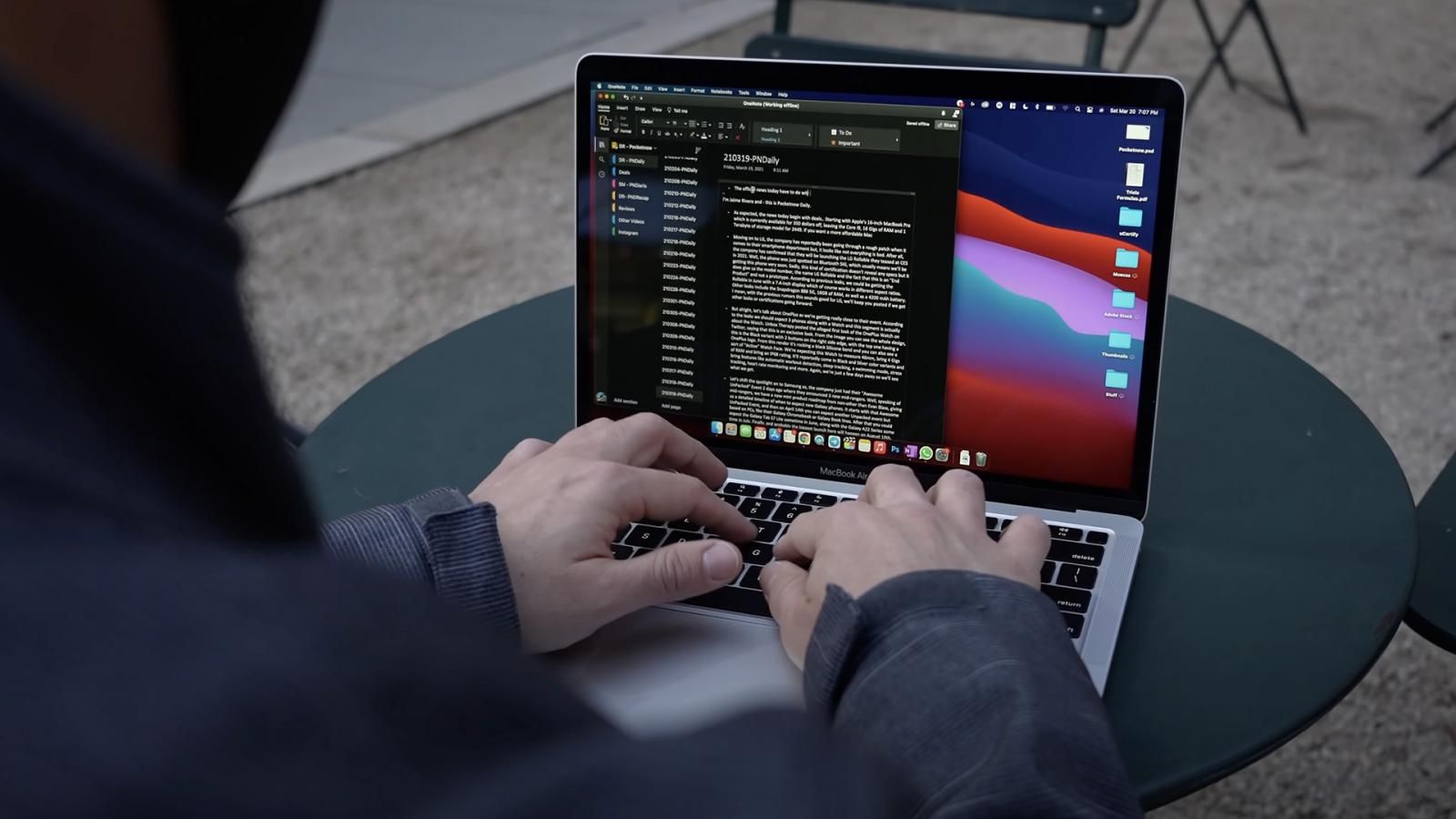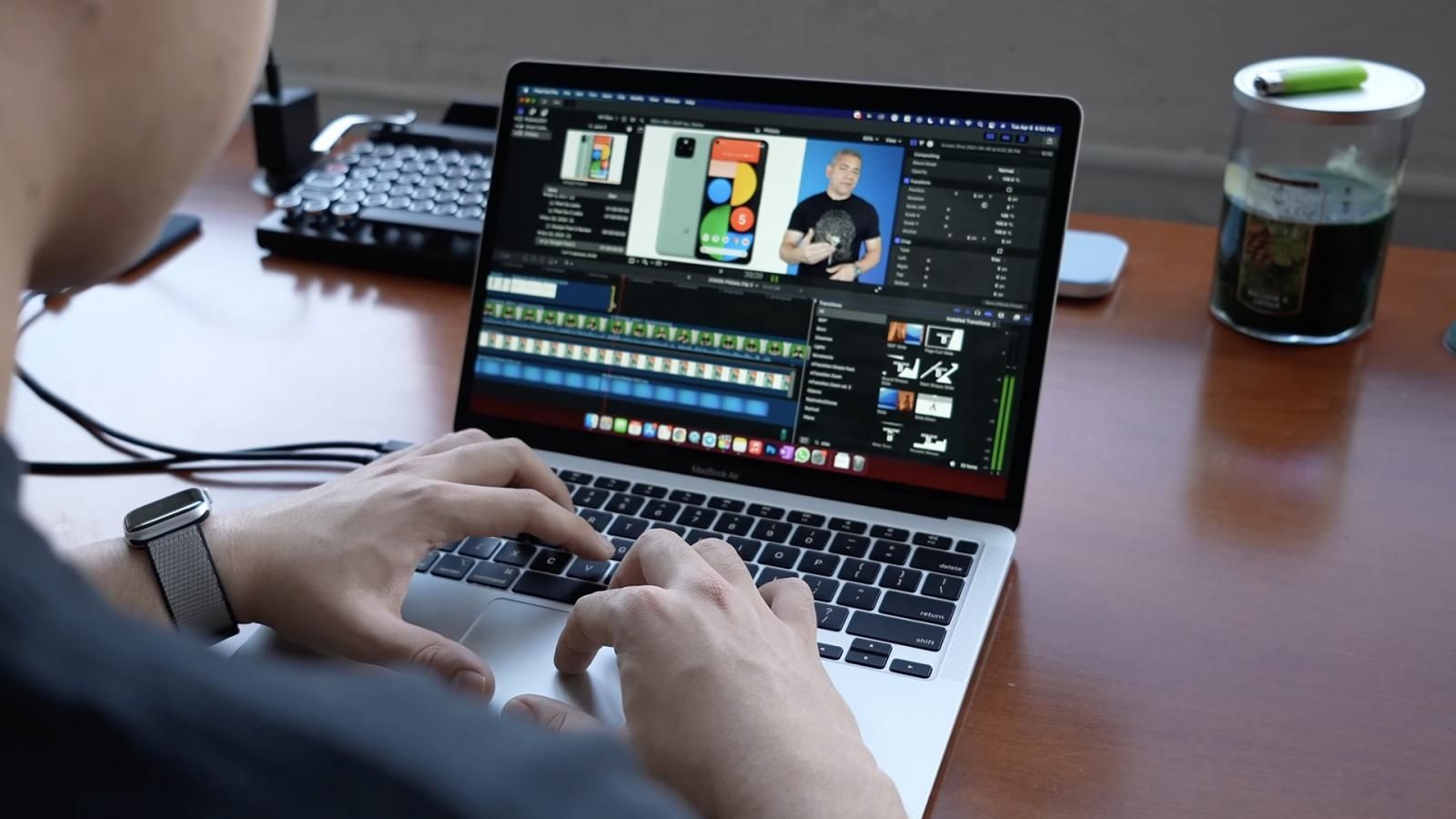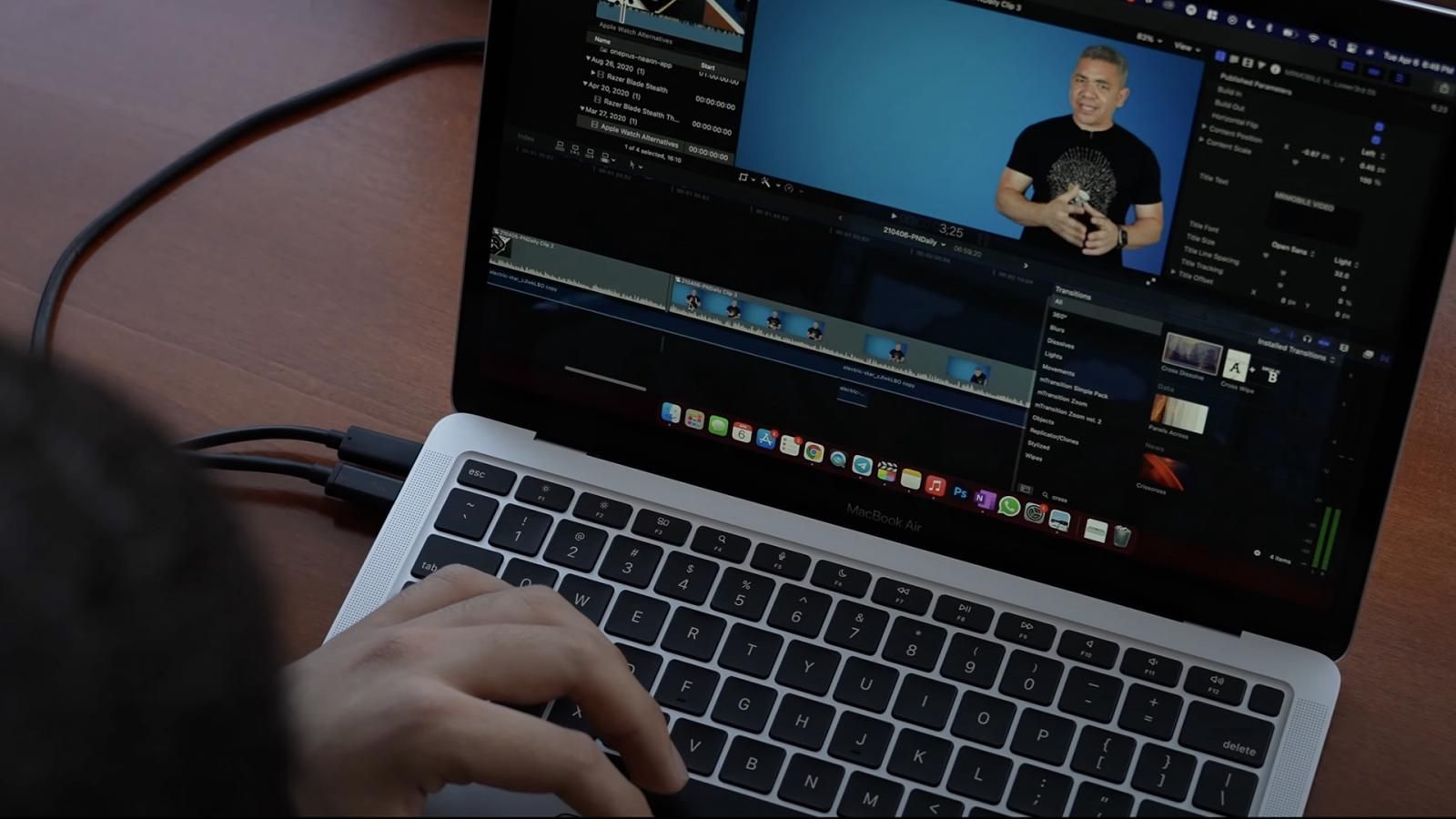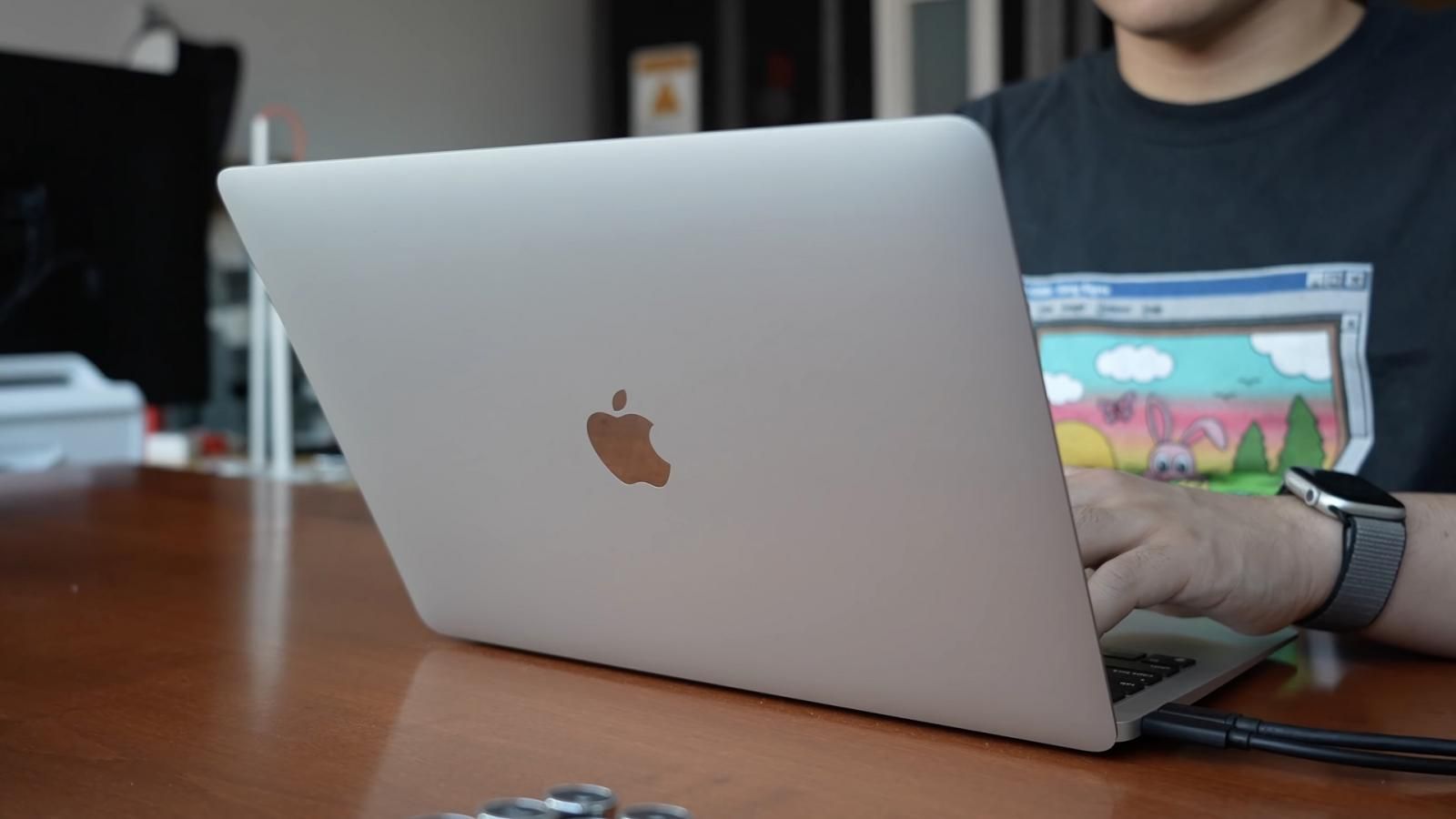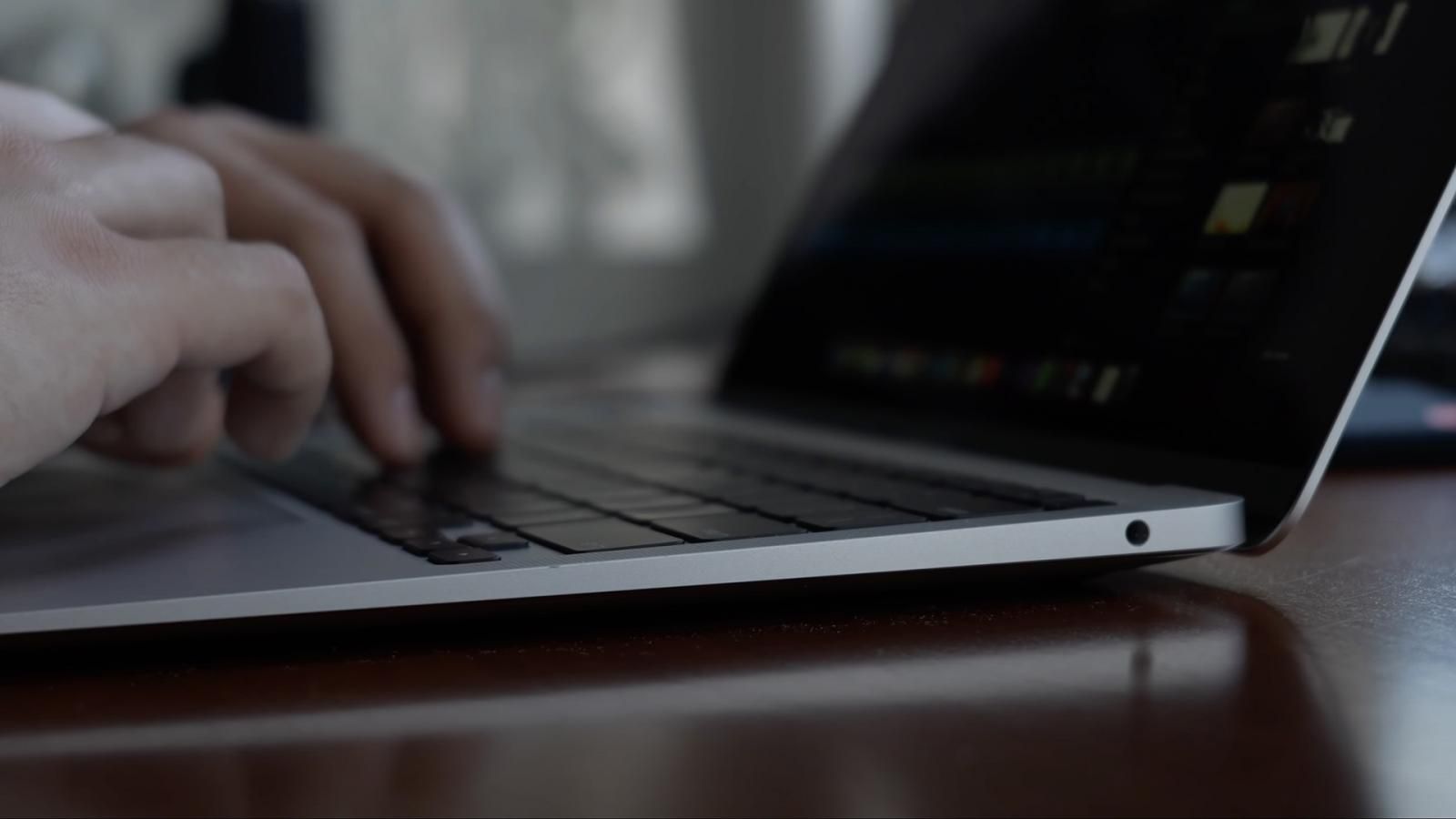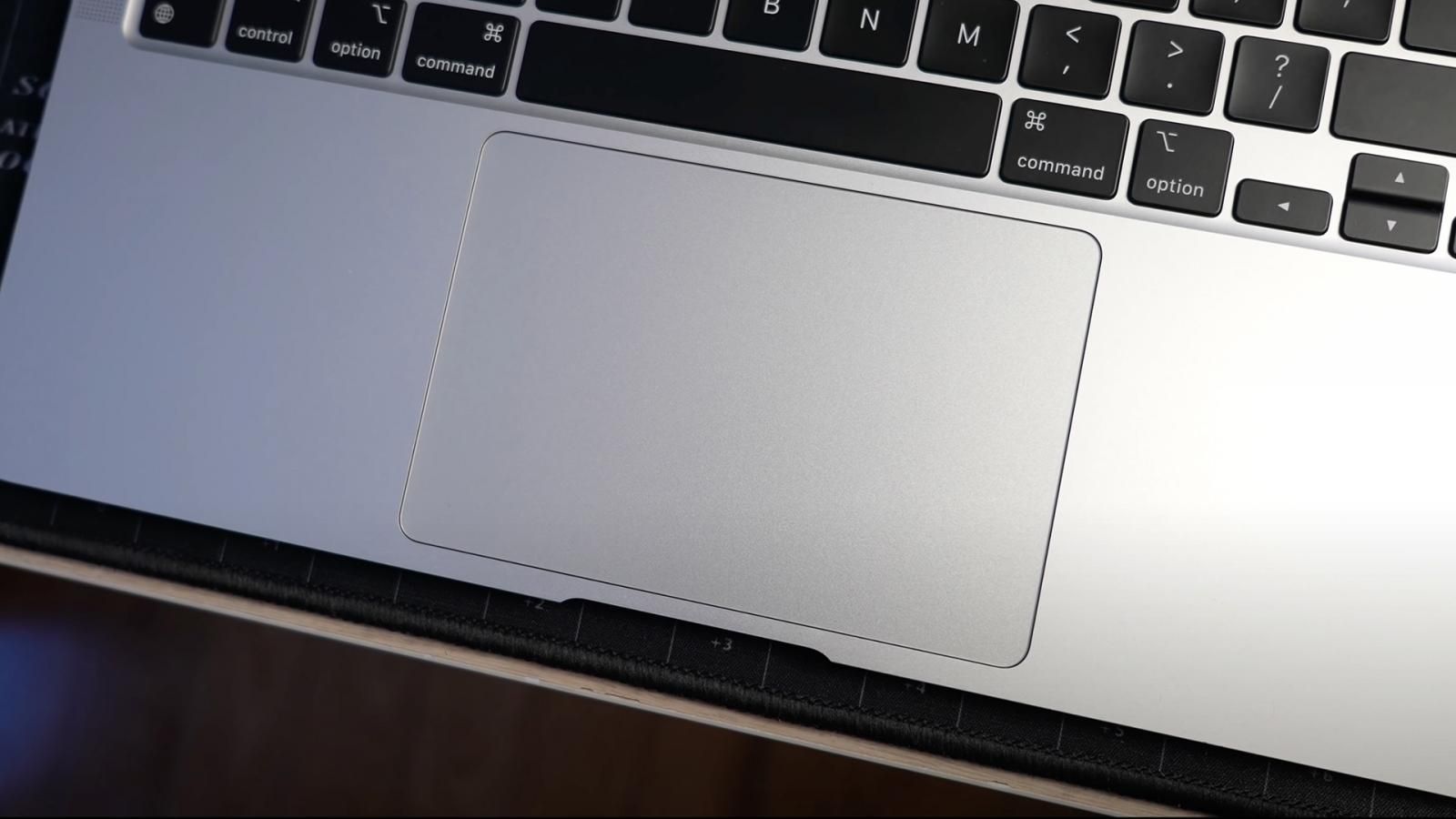Does anyone remember how thick computers were before the MacBook Air launched nearly 12 years ago? Yes, in 2008, when my laptop was a thick and heavy brick, Apple defied the odds, but the result wasn’t as great as that reaction. To quote one of my favorite movies of all time, “once an idea has taken over the brain, it’s almost impossible to eradicate”.
Apple sold us on a dream. An ultra-portable computer that could be *powerful*, but then only delivered on the dimensions. At the time, MacWorld called it a story of compromise. As Michael Fisher recalls from his 2013 unit, their reliability was just hard to count on.
It became clear that ultra-portables would only be good for light to moderate loads. We can credit Apple for re-inventing the modern laptop design, but the promise of a powerful machine remained incomplete. What’s funny is that the Intel partnership they so heavily claimed as what made the first MacBook Air possible is exactly what they needed to get rid of in order to deliver.
The reason why this M1 MacBook Air is so important is that if I asked you what your dream laptop would be, I know few people would prefer a heavy brick with a washed-out screen, plus little endurance and a hefty price tag. We all want the best value for our investment, and after testing this Air for five months, I actually think it’s too good for the money. I even debate why anyone would want to pay more for a MacBook Pro.
What I like
This is actually my second MacBook Air. I gave it a try back in 2012 and easily learned it was ok for the average consumer, but not a portable solution for a creator. For years, our reality has been that for powerful computing you needed more specs, which sometimes meant a desktop because the thermal envelope of a laptop would limit their performance. This meant that even if you were to spend loads of money on a 16-inch MacBook Pro, you knew there was a compromise for that portability over what a Mac Pro could do. So, would you believe me if I told you that an ultra-thin computer could even compare? And let alone for the same price as an iPhone 12 Pro.
Horsepower
I call it a paradigm shift because the M1 approach does away with a lot of what made a powerful laptop possible. To provide some context, this base model has edited every single one of our Pocketnow Daily videos since November, a task that previously could only be done with a MacBook Pro three times more expensive. I’m talking about being able to render Chroma Key effects and multi-layer graphics without any sort of lag, and then export these files in 1080p in under 3 minutes, or around double in 4K. It just makes no logical sense for this little machine to be this powerful, without a discrete GPU and even fan cooling that in the past were necessary.
And yes, I know not all of you edit videos for a living, but what better way to prove this Mac is powerful, since yeah, gaming and Macs still don’t go great together. Point is, that’s why this machine is such a great buy. Even if it’s not what you do right now, this would be the first time ever that a computer this affordable is capable of serving most, if not all consumer and Pro needs.
I even think Apple didn’t do this launch enough justice by keeping the old 2018 design, but if we’re fair, I think that’s more perception than anything. Sure it looks identical to an Intel model, but there are a few reasons why I wouldn’t call this design dated.
Portability
First, at just 2.8 pounds, it’s still the gold standard most competitors are trying to achieve. The tapered aluminum contributes to having it seem sleeker than the MacBook Pro, even if that’s not really by much. I know most laptops look like this today, but few go all out with premium materials for this price. The size is so convenient that I’ve spent weeks not even carrying a standard laptop bag. The Peak Design 10L sling is good enough to fit this, plus my A7S III camera gear. If anything I’d recommend you pick the silver color as it ages better than the other two.
Display
The second is this 13-inch IPS retina display. See, most laptop manufacturers at this price range are still giving you 1080p panels, while this one is 2560 by 1600. It goes as bright as 400 nits, provides optional True Tone Technology, and now supports the P3 Color gamut. It does lack a bit of the contrast and punch that I love from the MacBook Pro, but it gets very close, is color accurate, and the dual speakers handle content consumption really well.
The third is the little things that made this computer great on day one. You still have Touch ID, there is no touch bar, and you have a full-size keyboard that’s back-lit and is a joy to type on given the scissor switches. If anything, to tell it apart from an Intel model, the updated shortcuts and icons are visually the only way. This is also the most useful and accurate trackpad made by any manufacturer hands-down with some of the best gestures for multitasking.
Everything else
Fourth is just the rest of the things to consider in performance. Since the M1 is pretty much an iPad on steroids, specs don’t really matter. I wouldn’t even pay extra for the additional GPU core or more RAM. All my tests have been conducted with the cheapest model. Also, battery life is unreal. This is seriously an all-day computer, and I’m not just talking workday. macOS Big Sur has been optimized in such a way, that endurance depends more on the apps you use and not necessarily on what these apps do. I think the best way to explain it is that if the apps are optimized for the M1, then this computer will behave like an iPad. Apps will just run, and you won’t really notice a word processor behave better than a video editor. If they’re not optimized, they’ll still run great, but that’s where you’ll see battery life perform like a regular ultra-book.
Mixed feelings
And I think that’s the perfect segue to the reasons I’m mixed about with this computer. By now you know I’ll make sure to point out why this is not the perfect product. I wouldn’t say there’s anything bad with this machine, but a few things that others do better.
The first is ports. Even if not a Pro machine, Windows computers at this price do a far better job at giving you more than just two USB-C ports. The portability goes out the window with dongles, and sadly not all of these are powerful enough to replace a direct connector. You’ll find a ton with HDMI out for example, but they won’t output 4K at more than 30Hz, on a computer that needs 60.
Storage
The second is storage, which might not be a big deal for most consumers, but if you’re a creator, this is only a more important reason why the lack of ports is a problem. Hard drives aren’t as fast, or SSDs vary in their speeds, and storage capacity isn’t great for the price. The best middle ground I’ve found is Gigadrive. It’s not just the fastest SSD I’ve tested, but also the only one I know of capable of 4 terabytes. I’ll link to their campaign in the description.
Compatibility
Then third is a broader discussion on the topic of compatibility. This would be the best implementation of ARM on a computer, but not perfect. If you rely on apps that aren’t optimized for the M1, or might never be given their support, I’d make sure to test it all before the return period is over. In my experience Rosetta 2 is fantastic, having all the apps I tested run just fine, or take a split second extra to load, which is negligible. The problem is when you have an app plugin that’s not optimized, that’s where things might get tricky or useless.
I also wouldn’t buy this computer for iPad Apps. Sure, they run, but in cases like Day One where I already paid for the iPad version, I can’t get it to work here because the developer opped out in favor of their more expensive Mac App. Also, since navigation gestures on an iPad are different than on the Mac, you’ll find yourself confused most of the time.
Conclusion
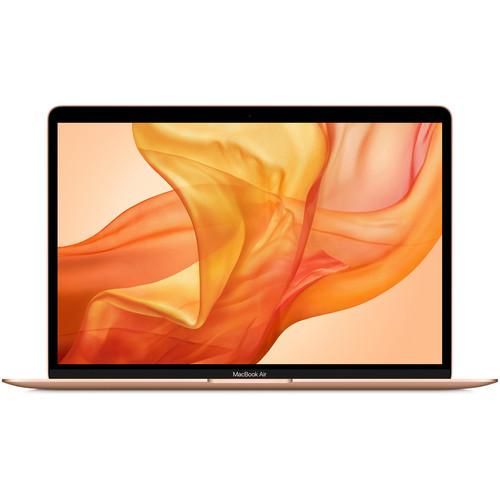
Apple MacBook Air (M1, 2020)
The M1 MacBook Air comes with Apple-designed M1 chip for a giant leap in CPU, GPU, and machine learning performance. It has 8-core CPU delivers up to 3.5x faster performance to tackle projects faster than ever.
To conclude this Apple M1 MacBook Air review, I think you understand where I’m going. As much as Apple said the original MacBook Air was the future of computing, I would call that the future of design instead. It took 12 years for the company to own the rest of the statement, but this is a clear example of one of the smartest business strategies ever, and proof of how Apple is really smart about playing the long game.
They gave Intel a challenge, Intel failed, and during the course of a decade, Apple slowly built and perfected its solution. You can be an Apple hater all you want, but since my review of the M1 MacBook Pro, I’m still waiting for anyone to give me a better and more powerful computer for this same price tag.
Apple’s entry-level MacBook Air is the best bang for the buck computer that I can recommend right now. If anything I’d add a bit more storage at checkout, but in everything else, this is the future of computing. The crossroads where capability finally meets usability and affordability.


